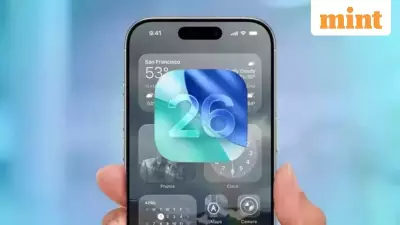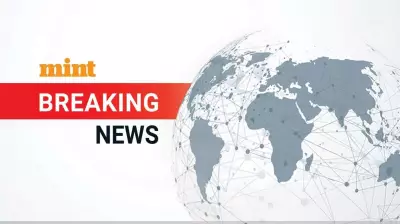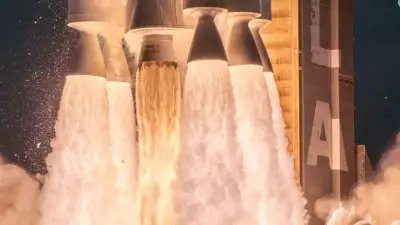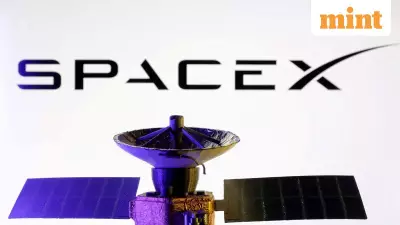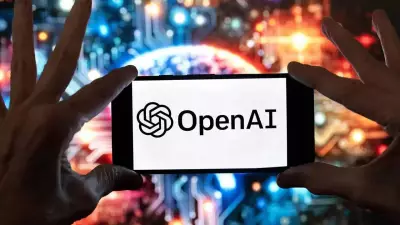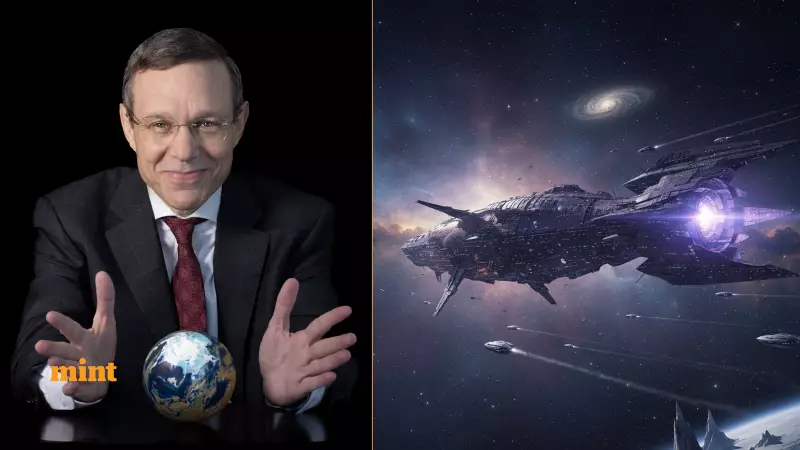
In a startling revelation that could rewrite our understanding of cosmic phenomena, Harvard astrophysicist Professor Avi Loeb has put forward a revolutionary theory about the mysterious interstellar comet 3I/Borisov. The renowned scientist suggests this celestial visitor might not be a natural space rock at all, but rather an advanced alien "mothership" deploying smaller probes toward Earth.
The Mysterious Visitor from Deep Space
First detected in 2019, comet 3I/Borisov marked only the second interstellar object ever observed passing through our solar system. Unlike its predecessor 'Oumuamua, which also sparked alien spacecraft theories from Professor Loeb, Borisov displayed comet-like characteristics with a visible tail of gas and dust. However, new analysis suggests there might be more to this cosmic traveler than meets the eye.
Evidence Pointing to Artificial Origin
Professor Loeb's research team has identified several anomalous characteristics that distinguish 3I/Borisov from typical comets:
- Unusual acceleration patterns that cannot be fully explained by gravitational forces alone
- Irregular outgassing behavior inconsistent with natural comet activity
- The object's extraordinary journey across interstellar space without disintegration
- Mysterious fragmentation events observed during its solar system passage
The Mothership Hypothesis
Professor Loeb proposes that 3I/Borisov could be acting as a carrier vehicle - a "mothership" - that releases smaller, possibly robotic probes during its close approach to planetary systems. These smaller objects, potentially just centimeters in size, would be difficult to detect with current telescope technology but could be studying our solar system and planet Earth.
"The idea is similar to our own space exploration missions," Loeb explains. "We send a primary spacecraft that releases smaller probes to study planets and moons up close. An advanced extraterrestrial civilization might be employing similar tactics to explore our cosmic neighborhood."
Scientific Community Reaction
The scientific community remains divided on Professor Loeb's provocative theory. While some astronomers dismiss the alien spacecraft hypothesis as speculative, others acknowledge that the unusual properties of interstellar objects like 3I/Borisov warrant serious scientific investigation.
"We must keep open minds while following the evidence," says Dr. Amrita Patel, an astrophysicist at the Indian Institute of Astrophysics. "The discovery of interstellar objects challenges our existing paradigms, and we should consider all plausible explanations, no matter how extraordinary they might seem."
Implications for Space Exploration
This groundbreaking theory highlights the need for enhanced monitoring of interstellar visitors and development of more sophisticated detection systems. Future space telescopes and observational technologies might help determine whether these mysterious objects are natural phenomena or evidence of extraterrestrial technology.
Professor Loeb's Galileo Project, dedicated to the scientific search for extraterrestrial technological signatures, plans to deploy new observational equipment specifically designed to study unusual celestial objects with unprecedented detail.
As humanity continues to explore the cosmos, theories like Professor Loeb's remind us that the universe may hold surprises beyond our current imagination, and that the search for extraterrestrial intelligence requires both scientific rigor and creative thinking.

